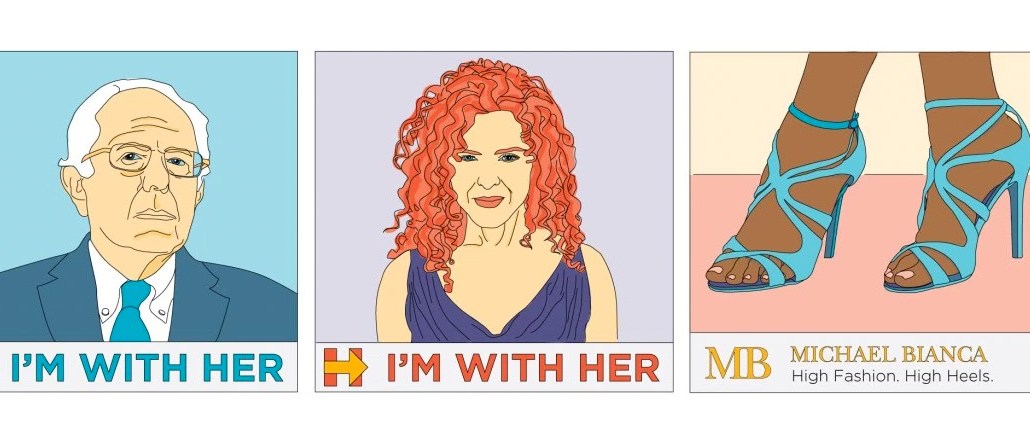
by Phil Schraeder, CFO and COO, GumGum
We live in a visual culture. From the rise of Snapchat to the ubiquity of emojis, it’s clear that words are out and images are in. With images taking center stage, publishers are turning to in-image advertising to build revenue by putting marketing messages in the places where eyes are truly focused.
There’s just one problem. Like all the good things in life, you have to do in-image right, or it could go very, very wrong.
So before you forget how to read as you clear brain space for Chewbacca Moms and Pizza Rats, take a second to scan these dos and don’ts of in-image.
Do: Look for relevant images to places your ads on. If the images and content are contextually relevant, it’s more likely that the audience will respond to the ad without feeling like it’s an intrusion.

Don’t: Forget to take in all the context. A picture of skiers hitting the slopes is a great place for a winter wear ad . . . unless that skiier was later caught in a catastrophic avalanche.
Do: Look for a vendor who provides custom creative that matches the quality and tone of your image. Your editorial team curates quality images of #goals-worthy celebrity outfits and only the finest wardrobe malfunctions; make sure your in-image vendor is taking just as much care creating the ad creative to go with them.
Don’t: Go with a sloppy vendor who sources all of their ads from an ad network. Ugly creative can devalue your images and turn off your audience. They’re here to drool over Angelina’s limited edition Louboutins, not dry heave over an image of toenail fungus.
Do: Choose an in-image provider who knows news and pop culture inside out. A smart machine knows the difference between Bernie Sanders and Bernadette Peters and matching your ad with the right face can make a much bigger impact.

Don’t: Choose a provider who can only promise to place your ad on pictures of people. Bernadette may be a polarizing figure, but she’s probably not going to be a major player in the upcoming election unless someone takes a wild swing with their VP nomination.
Do: Find a provider who can enhance your images. Just because an ad loads over your images doesn’t mean it has to ruin the experience. Clever creative can bring new life to your images.

Don’t: Let your provider cover your image entirely with sloppy creative. No one came to your site to see that top quarter of Kim Kardashian’s head — unless they’re into that, in which case you’ve discovered a weird new vertical. Way to go.
Do: Find a provider who serves ads that fit your images. Good creative should be like slipping on a glove, not trying to squeeze into your favorite jeans from high school.

Don’t: Let someone cram a 970×250 Billboard ad into the much smaller frame of your image. Come on, people! We learned shapes and sizes back in kindergarten. Any provider that hasn’t mastered this yet probably needs to take a remedial course.
Like I said before, we’re in a visual world now. Even as I type this, you’re probably wishing I’d just use a carefully chosen string of emojis instead. It’s not enough to just slap ads on top of images. As a publisher, you need a partner who takes just as much care creating, sourcing and placing ads as you do creating, sourcing and selecting your images.
More from Digiday

Media buyers shift spend from The Trade Desk’s OpenPath over transparency concerns
OpenPath offers buyers a “cleaner” route to publishers, but some are concerned about lack of clarity over indirect costs.

How the MAHA movement influenced food and beverage brands in 2025
The MAHA movement has come to stand for different things in different people’s eyes, depending on which initiatives they most closely follow.

Why Georgia-Pacific is turning its programmatic scrutinty to the sell side
The company is turning its attention to the sell side, zeroing in on the ad tech firms that move inventory for publishers — the supply-side platforms.





